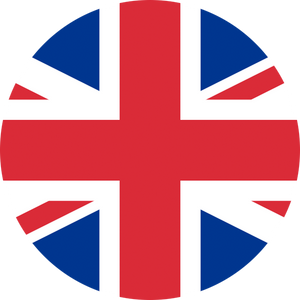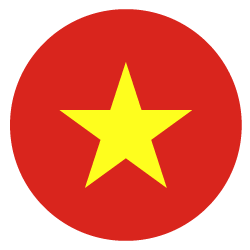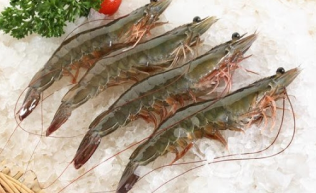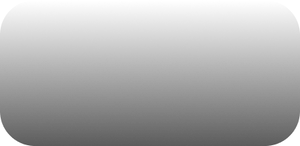Artemia: Facts and Information
The word “Artemia” must be unfamiliar to you. Don’t worry! We promise you after reading this article, you will enrich your knowledge about Artemia.
Artemia, also known as brine shrimp, is a kind of shrimp food originating from Great Salt Lake, Utah, the United States. In Vietnam, the initiatives of inoculation of Artemia eggs kicked off in the Mekong Delta in the 1980s. Artemia is rich in protein. Thus, it has very high commercial value. In this article, we will provide you an overview of this creature.
What is Artemia?
If you ever question “What is Artemia?”, the answer is: Artemia is a small crustacean found in saline lakes. Artemia is a scientific name of brine shrimp, a kind of food to feed shrimp or other sea creatures. As mentioned above, Artemia comes from The Great Salt Lake in Utah, the USA. This lake receives water from three big rivers: Jordan River, Weber River, and Bear River. These three rivers supply not less than 1.1 tons of minerals to The Great Salt Lake. Hence, the salt level of The Great Salt Lake is even higher than in the ocean.
The Great Salt Lake has the highest amount of Artemia. The water colours are either blue or red due to a great amount of Artemia living here. Inoculation of Artemia is said to be successful in Vietnam because of good weather. Amongst the shrimp food, Artemia is one of the species that have the highest commercial value. Artemia adapts well to various weather conditions, even the hardest. The capability to overcome harsh conditions thanks to macro-planktonic organisms.
The body structure of Artemia
Artemia is measured less than 15mm (0.6 inches) in length. The length of male adult Artemia is approximately 8- 10 mm and 10-12 mm for females. The sciences mentioned that the body of Artemia has a discrete head with larval and stalked eyes. The body of Artemia includes the head, thorax (body), and abdomen (stomach). The head comprises prostomial and metameric segments to hold the median and compound eyes. The thorax is built of eleven segments. Each segment includes a pair of thoracopods (a kind of appendage). The abdomen includes eight segments. The abdominal part divides into two: the first abdominal segment bears the gonopods (egg sacs for females and penes of the male). The final abdominal part has the cercopods (known as furca or telson). The muscles are attached with a flexible exoskeleton of chitin. Regarding the exoskeleton, a female's body is different from in male’s. In females, the exoskeleton is periodic before every ovulation. On the other hand, in males species are not observed.
Where Artemia lives?
The majority of Artemia eggs come from North America. Some places such as San Francisco, Utah and Chaplin Lake, Canada have a great number of Artemia. In addition, Artemia can also be found in Macau, Brazil and China. In Vietnam, Vinh Chau town, Soc Trang province is renowned for raising Artemia for export.
Usually, there are no signs of Artemia existence during the monsoon in Southeast Asia. The brine shrimp gathers significantly in East Asia and Latin America as the salt level is higher in these areas. The Great Salt Lake in Utah is popular as the place where most brine shrimp exists. Artemia’s osmoregulation system can withstand up to 10 times the salt concentration of normal seawater. When seasonal lakes dry out, Artemia hides by producing a highly resistant encrypted embryo capable of severe dehydration.
Functions of Artemia
Food for Aquaculture Farm
Artemia is widely used in shrimp farming because shrimp is a species that needs to be raised in a clean seawater environment, fed clean food and does not transmit diseases to ensure shrimp can grow well. These are also the outstanding advantages of Artemia. The eggs are collected in bulk from salt lakes to feed other aquarium creatures. In particular, Artemia is very small, rich in minerals, amino acids and fatty acids, especially unsaturated fatty acids (HUFA). Therefore, it is the ideal food for shrimp and fish breeding, helping to provide enough nutrition from a very young age. Thanks to that, it helps to significantly reduce the proportion of herd division.
Salt Production
Artemia is very beneficial for salt production as Artemia consumes fractional crystalisation in the salt in the pond, thus sodium chloride will be removed to retain only the purest of salt puree.
Controlling algal bloom
A brine shrimp can also be used to control the growth of harmful algal bloom. The salt formation and precipitation are completed by the high water viscosity in the crystallisers. In addition to controlling the algal bloom but also for the development of halophilic bacteria in the crystalisation ponds. The crystalisation is explained by experts that the high number of bacteria promotes heat absorption, thus accelerating evaporation.
How to grow Artemia?
It is easy to feed Artemia. In nature, Artemia eats microscopic planktonic algae. However, you can feed them with whey, yeast, commercial fry food, soybean powder, wheat flour, and egg yolk.
As Artemia is a saltwater creature, hence the pool used to raise Artemia must be salty. Artemia cannot live in freshwater for too long. Noting that Artemia cannot survive in fresh water for longer than 1 hour.
Conclusion
Artemia is liked because it is convenient and cost-effective. They can consume human food such as soybean, egg yolk, wheat flour, or soybean powder. Nevertheless, remember that only saltwater with high levels of salt is suitable for Artemia. In the next article, we will instruct you in more detail about how to raise Artemia at home. Please follow our very next articles.
ARTEMIA VIET NAM
You may also enjoy







